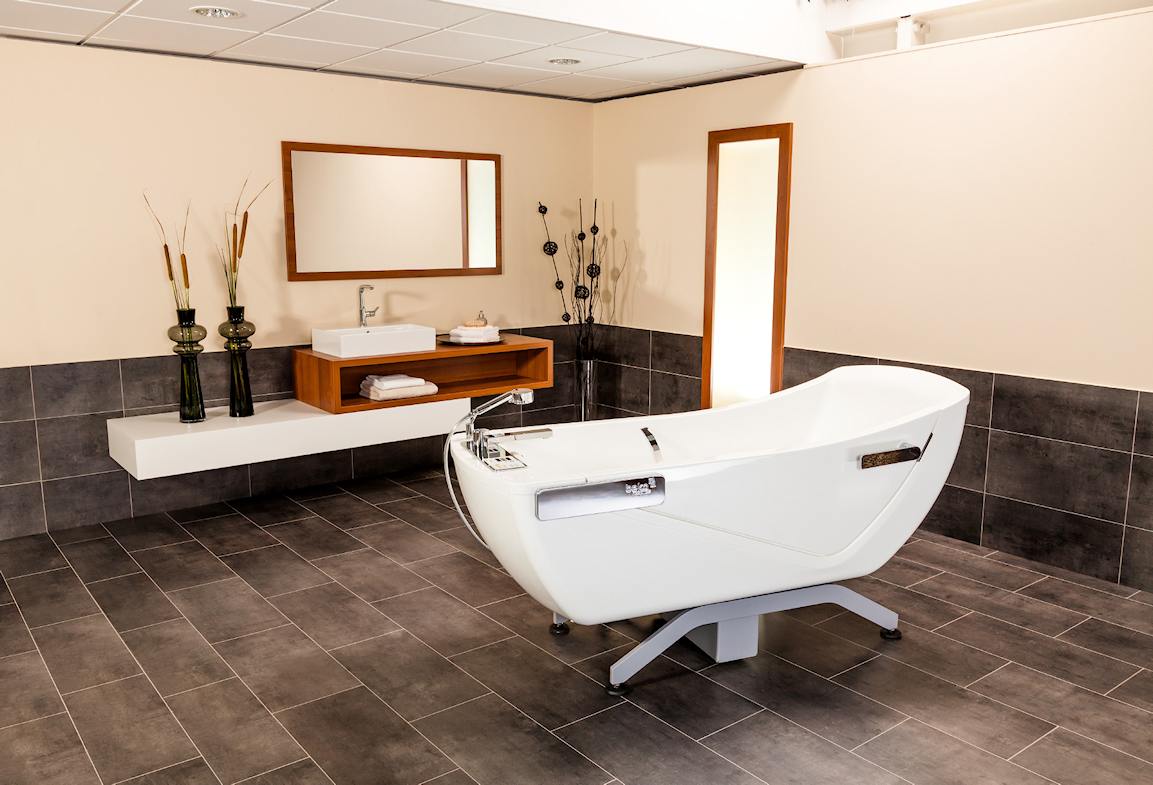On Thursday 6 August the government announced “once in a generation” reforms to England’s planning regulations; changes that promise to make it easier to build much-needed homes. If these changes are done right, this is a real chance for the government to respond to the nation’s shifting age profile and provide more accessible homes.
As the population ages, the need for more accessible homes is only going to be greater—in less than 20 years, one in four of us will be over 65 and can only expect to live half of our remaining lives free from disability.
And many studies have shown that disabilities have not only increased in numbers, but have also shifted as populations age, meaning that the types of disabilities people have are changing too—and we need homes that reflect this.
Aging Better has convened the HoME coalition of 10 organisations, urging the government to raise the minimum standards of accessibility in the Building Regulations so that all new homes are built to accessible standards.
In practice this could mean many things, such as not having steps leading up to the front door of the house, making doorframes slightly wider so they could easily accommodate wheelchairs, having bathrooms all on one level or installing accessible showers or wet rooms in the property.
These features would help people with mobility issues to stay safe and independent in their own homes, but are also changes that could make life much easier for families, too.
And these changes can be done. Across the pond the Americans with Disabilities Act (ADA) has already transformed the way that buildings are designed across the United States. The law was introduced back in 1990 and requires equal access for those with disabilities to public spaces, transportation, commercial buildings and other buildings such as restaurants, hotels and schools.
Fast forward 30 years and the ADA has had a lasting impact on the design of people’s homes, too. Architects, interior designers and craftspeople across the country have seen these ADA requirements as both a challenge and an inspiration, creating homes that are practical, functional and stylish.
In these residential homes, kitchens and bathrooms have seen the most bespoke designs and adaptations, rooms that are notoriously difficult to navigate for people with a range of disabilities and that need to be made particularly safe.
Lowered kitchen cabinets, sitting bathtubs, wide clearances under desks, tables and sinks are just a few of the adaptations that are made to meet the needs of disabled and elderly people who need accessible homes.
It is houses like these that our government could look towards for inspiration when addressing the needs of the nation in the building of new houses. The focus on increasing house building is welcomed by everyone, but ‘simplifying and streamlining the planning system’ can’t come at the cost of houses being accessible.
If you’re looking for adaptations to make your bathroom more accessible, we’re here to help. From easy access toilets to mobility showers, we can take you from idea to installation. Contact us today.
If you are interested in finding out more information call us on 01491 411041 or visit our website www.absolutemobility.co.uk
12 August,2020







